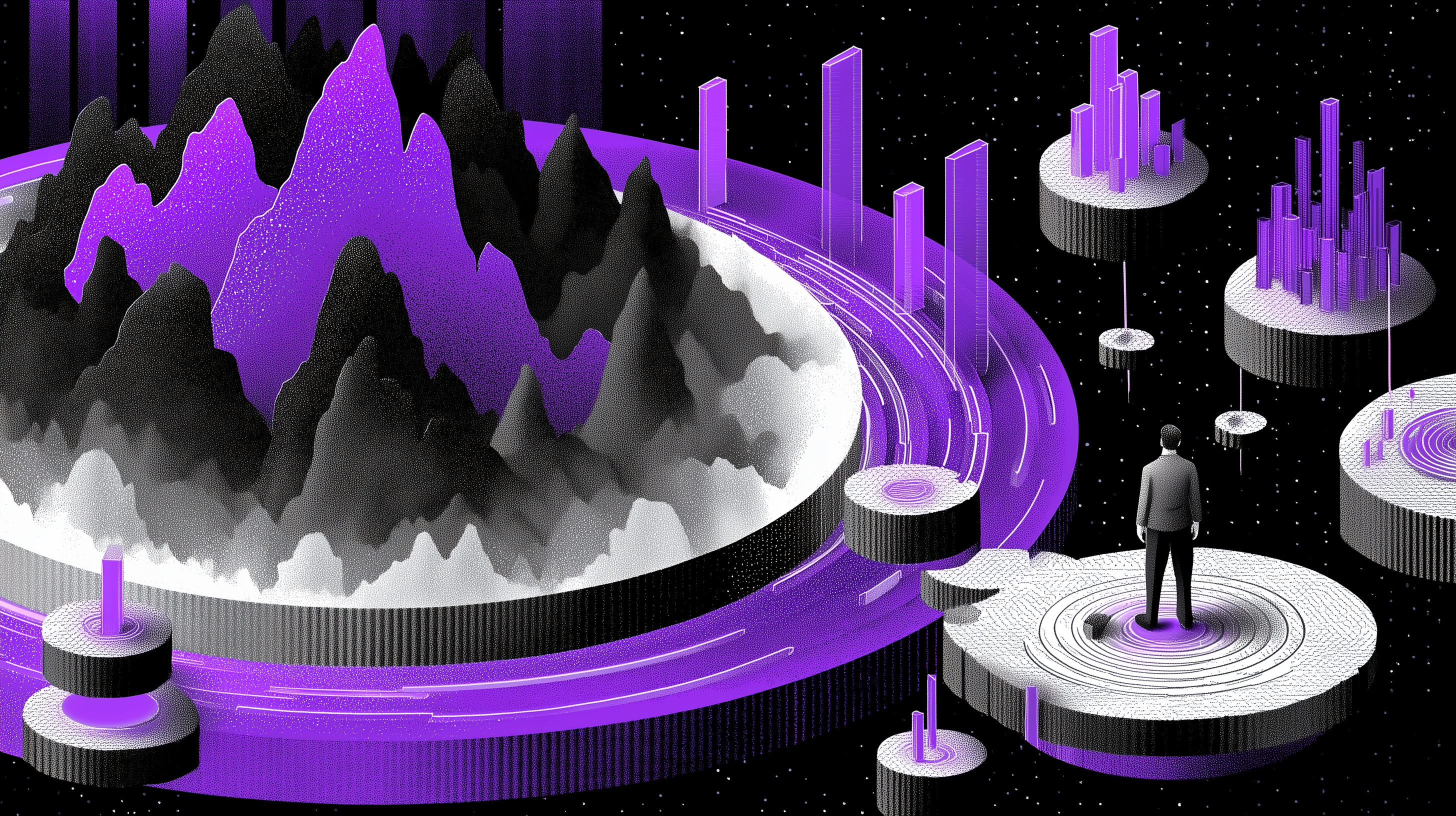Creating viral content with AI : strategies, tools and best practices for 2025

Discover how to use artificial intelligence to create viral content: strategies, tools, and best practices for 2025
AI at the heart of content virality
Artificial intelligence (AI) has become an essential driver of viral content creation. From TikTok trends to the most-shared LinkedIn posts, AI-assisted content production is now a cornerstone of modern marketing strategies.
In 2024, McKinsey estimated that nearly two-thirds of companies already use generative AI to optimize their operations. This widespread adoption marks a decisive turning point for marketing and creative teams, where performance no longer relies solely on intuition but on prediction, behavioral analysis, and content personalization.
Simple definition
Viral content refers to any publication — text, image, video, or audio — that spreads organically thanks to its emotional impact, relevance, and shareability.
By 2025, AI will not just assist in content creation; it will anticipate what is likely to go viral by analyzing subtle audience signals, dominant emotions, and micro social trends.
Understanding the levers of AI-assisted virality
Predictive trend analysis
AI-powered predictive analytics tools can now identify, ahead of time, which types of content are most likely to go viral on social media. By leveraging machine learning, these solutions analyze weak signals such as engagement rates, watch time, emotional reactions, and hashtag dynamics.
According to WARC, integrating AI-driven attention data can significantly improve advertising effectiveness. Some studies report gains of over 40% in recall or purchase intent — evidence that AI can enhance understanding of attention and audience memory mechanisms.
These predictive models go beyond detecting emerging trends: they forecast the most effective formats, lengths, and styles of content based on platform, target audience, and context.
Automating distribution and personalization
Automation is playing an increasingly important role in content distribution strategies. AI tools now make it possible to plan posts more efficiently across multiple platforms while adapting elements such as format, tone, or timing to each network’s unique characteristics — whether Instagram, TikTok, LinkedIn, or YouTube Shorts.
This workflow automation improves the speed and relevance of publication. It enables automatic generation of post variations, continuous A/B testing on visuals and headlines, and recommendations for optimal posting times.
Practical strategies for creating viral content with AI
Identifying the right format and emotion
Virality begins with emotion. Sentiment analysis models powered by AI examine audience reactions — likes, comments, emojis — to determine which emotions drive the most engagement.
Research by ReelMind.ai (2025) shows that content evoking joy, surprise, or empathy tends to be shared the most. Humorous or inspiring videos, for instance, often receive twice as many shares as purely informational ones.
On TikTok, many creators already use AI generators to produce emotionally resonant or humorous videos built on micro-trends identified through predictive models (JC Metav, 2024).
Producing creative variations quickly
Generative AI tools allow marketing teams to create and test multiple variations of the same message within minutes. This makes it easier to combine speed, brand consistency, and visual quality.
AI can write headlines, generate video scripts, produce on-brand visuals, or even create natural-sounding synthetic voices for short-form content.
Success relies on effective prompt engineering — the art of crafting precise instructions for AI. The most efficient teams test several prompts, compare engagement results, and refine their next campaigns accordingly.
This method is highlighted in the Udemy “AI and Content Creation” (2025) course, which stresses the importance of human-AI collaboration in achieving viral results.
Optimizing distribution through social algorithms
The algorithms that power social media platforms are themselves AI-driven. To maximize visibility, it’s essential to adapt your content to how these AI systems interpret and rank content.
That means crafting clear titles, context-rich descriptions with relevant keywords and hashtags, and visuals aligned with captions.
Planning tools like MTM provide a strategic advantage by enabling content management within a collaborative workflow, where each stakeholder can comment, approve, and adjust materials before publication.
This orchestration ensures consistent quality, improved analytics usage, and smoother coordination between creative and marketing teams.
Best practices and common mistakes
Best practices
- Verify editorial consistency before publishing AI-generated content.
- Continuously analyze content performance to understand audience preferences.
- Maintain authenticity and tone consistency — even automated content should sound human and aligned with the brand.
- Document your AI creation process to ensure transparency and traceability.
Mistakes to avoid
- Automating without human supervision (Webikeo, 2025).
- Publishing AI-generated visuals without checking copyright or licensing rights.
- Overloading content with keywords, which can hurt readability and SEO indexing.
“AI doesn’t replace human creativity — it amplifies it, provided it’s guided by a clear intention.”
— Julie R., AI Strategist at Squid Impact (2025)
Toward augmented and responsible creativity
The rise of AI-assisted viral content offers new opportunities — and new challenges. The goal is no longer to produce faster, but to produce smarter, with transparency, ethics, and quality in mind.
The most successful brands in 2025 will be those capable of combining:
- human creativity with predictive AI insights,
- workflow automation with editorial oversight,
- virality with brand coherence.
The future of viral content lies in augmented and responsible creativity, where artificial intelligence acts as a strategic partner rather than a simple production tool.
FAQ : How to Create Viral Content with AI – Strategies, Tools, and Best Practices
1. What is AI-generated viral content?
Content generated or optimized by artificial intelligence to maximize reach, engagement, and shareability.
2. Which AI tools can help create viral content?
Platforms like ViralFeed.ai, ReelMind.ai, or MTM, which orchestrate creative workflows and performance testing.
3. How does automation help boost content virality?
It optimizes distribution, segmentation, and personalization based on audience reactions.
4. Can AI replace human creatives?
No. AI amplifies human creativity by accelerating ideation and testing, but human supervision remains essential.
5. How can you measure the virality of AI-driven content?
By tracking engagement rates, shares, organic reach, and conversion metrics after publication.
Sources
- Squid Impact – AI and Social Media: Trends and Strategies 2025
- WARC – How “Attention AI” Holds the Potential to Make Every Ad More Effective (2024)
- Webikeo – AI and Content Creation: The Strategies That Work
- JC Metav – How to Create Viral AI Videos for TikTok Fast
- ReelMind.ai – Viral Content Creation Strategies & AI Tools
- McKinsey – The State of AI 2024
- Harvard Business Review – How AI is Changing Marketing Creativity
Other Posts

Where should applied ai intervene to maximize the impact of marketing campaigns ?

How AI agentizes market data to write strategic pre-creation recommendations.

